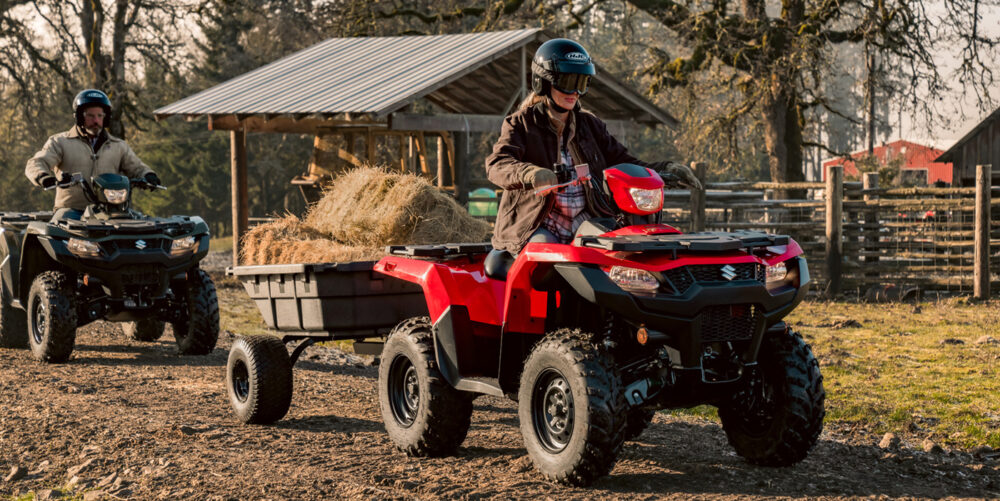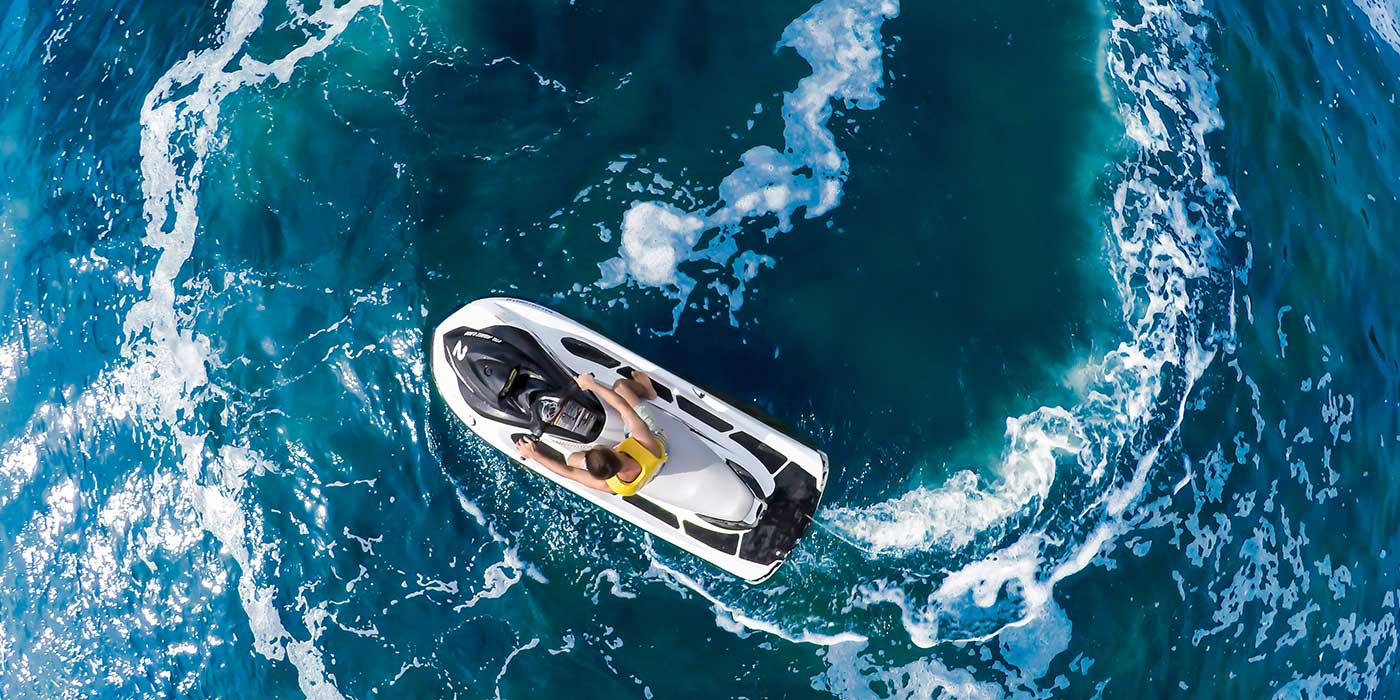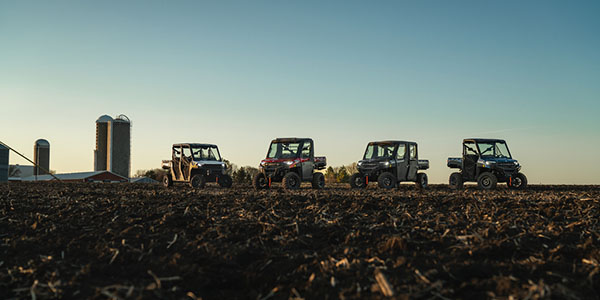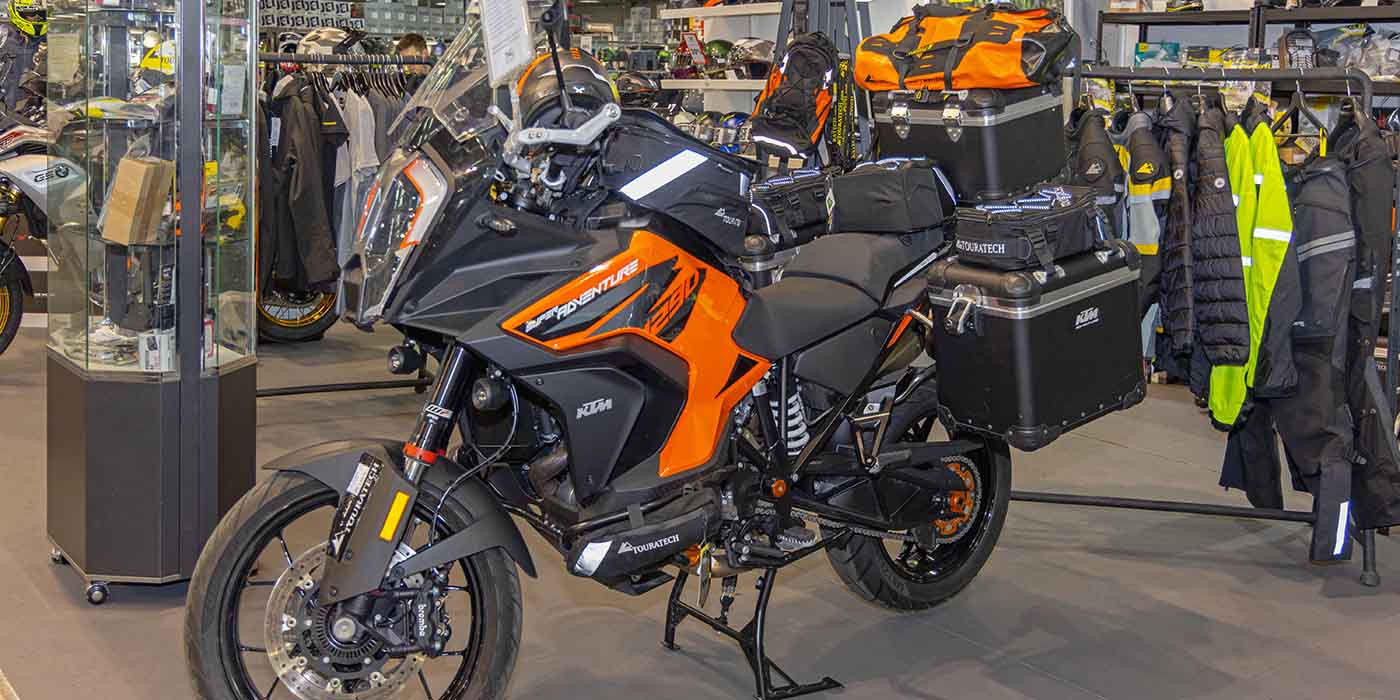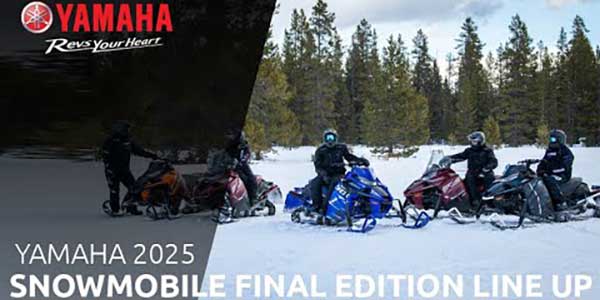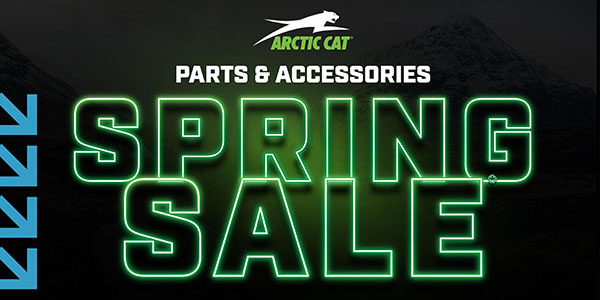If you’ve been in the powersports business for a while, you’ve probably noticed that your vehicle offerings — and their sales numbers — have changed dramatically over the years. While many dealers used to sell only or primarily motorcycles (with some additional powersports on the side), today the powersports aspect of the business is thriving just as much or more than the motorcycle segment.
Off-roading especially has seen an uptick in recent years, thanks in large part to the pandemic. While each state has its own laws regarding the operation of ATVs and UTVs (and whether or not minors can drive them), the fact remains they’re a proven universal favorite. Not only is there is no need to have a special license to operate the vehicle, unlike when riding a motorcycle (thus lowering the bar for adoption), but with their multi-seat options, UTVs have become fun for whole families. Of course, there’s a slew of practical purposes as well.
Thus, a common misconception swirling around dealers is that UTVs are steadily replacing ATVs. However, Felix Teodoro, communications specialist at Suzuki Motor USA, LLC, argues that while UTV sales have typically outpaced ATV sales in recent years, popularity ultimately depends upon the user’s needs.
“ATVs are both affordable and durable, which make excellent options for many use cases,” Teodoro notes. With their smaller footprint, ATVs can prove more convenient for customers to haul in the back of a truck or navigate through hard-to-reach areas that UTVs may not be able to access. “Hunting is a perfect example of how an ATV can reach more remote, tighter places,” he adds. “We also see trail access issues for UTVs. Some trails are restricted to 50 inches or less, which makes ATVs better suited to ride in more places.”
Moreover, price plays a significant factor in the decision-making process, as ATVs often present a more affordable alternative. Depending on the model, a UTV could cost anywhere from a few thousand dollars to well over twice as much as an ATV.
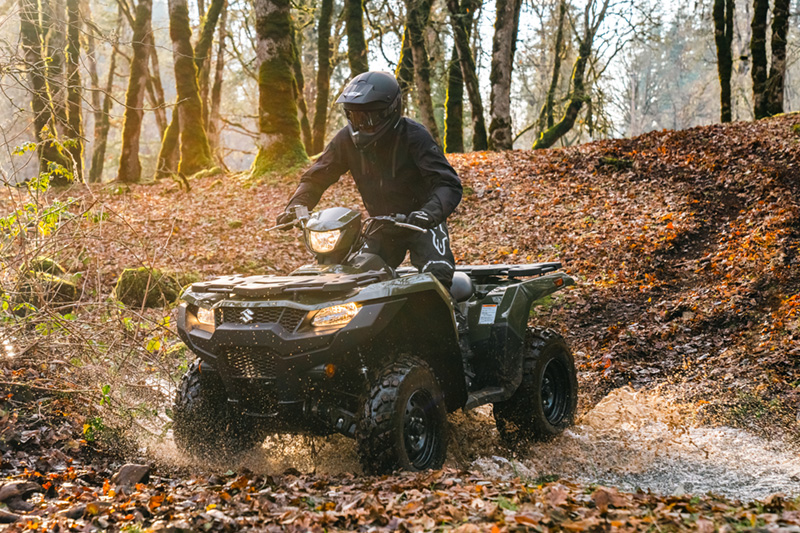
Selling a Need
While the latest technology can often bring users clamoring for a new vehicle, Teodoro acknowledges that the utility ATV market hasn’t seen any revolutionary changes in recent years. In the near future, he speculates that we might see more integration of electronic features, such as GPS, in ATVs. As far as the future of fully electric vehicles (EV) is concerned, however, Teodoro says, “Once battery range technology is at a good point, it is likely we will see EV ATVs. However, EVs won’t work for everyone’s needs. We will likely see continual development of combustion engine ATVs in the near future.”
Since there haven’t been many developments for the vehicles themselves that could help sell them, manufacturers are instead catering to specific user needs by introducing equipment packages and accessories. For instance, Suzuki introduced a “Rugged Package” for the KingQuad, which adds front and rear bumpers and an LED light bar to the vehicle.
Naturally though, there are numerous additional accessories customers can purchase to accessorize their ATVs. Common upgrades for these vehicles include winches, wheels and tires, LED lighting, bumpers, skid plates and more. Snowplows are often added in colder regions, since ATVs make an excellent option for plowing tight space.
To that end, dealers can best sell ATVs by outfitting vehicles in the showroom with accessories tailored for specific-use cases. Teodoro advises, “Equip ATVs on the showroom floor with genuine OEM accessories. If financing, typically lenders will allow adding OEM accessories onto a loan above and beyond what they are approved for. This creates a win-win for both customer and dealer. Display an ATV loaded up with accessories in a situational setting. Sell the experiential possibilities.”
For example, outfit a camo ATV with hunting accessories, such as a gun boot, front and rear bumper, and a front rack full of duck decoys. Set up another for a farm/ranch setting with a rack box and a wagon full of cut wood. Or, lean into seasonal utility by adding a snowplow on the front, a salt spreader on the rear and an LED light bar.
With ATVs being both affordable and durable, they continue to make excellent options for many use cases. Not only do they continue to offer a way to explore tight terrain that UTVs cannot, but transporting them is easy, and they take less space and energy to work on. “Don’t sleep on ATVs — they are the original work horse!” Teodoro affirms.

